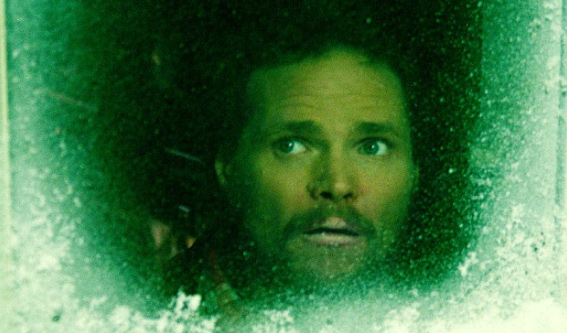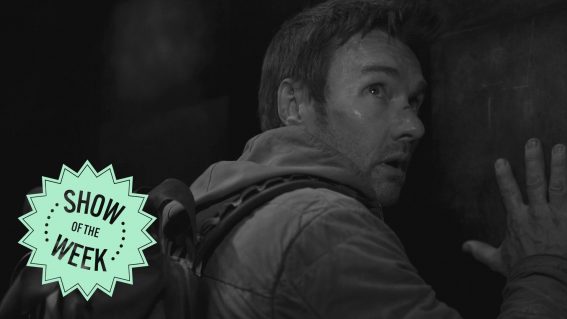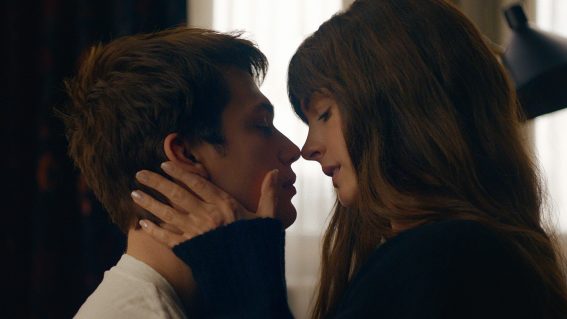Weird Science in Aotearoa – 3 Kiwi Sci-fi Shorts

Science fiction is the playground of some of the best story-tellers of all time. It’s an exciting genre, the best of which sparks our imaginations, opening our hearts and our minds. This month in the Show Me Shorts Screening Room self confessed sci-fi ‘lifer’ Chris Philpott shares three top New Zealand short films that can cut it with the best international work. Philpott has spent the better part of a decade writing and thinking about science fiction – first as an amateur blogger, then reviewing television semi-professionally on Stuff and now managing THE ZONE channel for cult sci-fi TV shows and movies on SKY TV.
As a teenager I was obsessed with sci-fi TV-series like The X Files, The Outer Limits and Stargate SG-1; I guess you could call me something of a sci-fi ‘lifer’. So, you can understand why, when I was asked to contribute to the Show Me Shorts Screening Room this month, my mind immediately shifted into sci-fi mode, and to some of the brilliant science fiction shorts coming out of this country – many of which I’ve only recently discovered myself. Here are three such shorts worth your time…
Vostok Station (2009)
A man is standing on a large ship that is beached alongside a half dozen others. We follow this man (played by the outstanding Matthew Sunderland, Out Of The Blue) as he tries to come to terms with where he is, how he got there, and what the hell is going on.
Helmed by renowned music video director Dylan Pharazyn, the resulting film is an intriguing, engaging work of art. Pharazyn has said he intended to create an art-film with a “heavy post-component”, yet somehow it doesn’t feel like it relies heavily on digital effects or sound editing. If anything, Pharazyn works in the CGI and digital elements seamlessly, and makes the most of a minimal score and canny sound mixing strategy.
Pharazyn also maximises his location, apparently somewhere on Mt Ruapehu – though you can’t tell because of how well hidden it is behind those seamless effects. The stunning visuals combined with a strong and efficient performance by Sunderland, results in an impressive piece of filmmaking.
No Ordinary Sun (2004)
Inspired by Pat Rushin’s short story Speed of Light, and taking its title from an anti-nuclear themed poem by Hone Tuwhare, No Ordinary Sun is set at a research base in Antarctica, giving us a look at a day in the life of a nameless man working there.
As he investigates a series of strange data anomalies, a story unfolds that seems to suggest time and space itself is starting to disintegrate. At one point, a news broadcast (fronted by a clever, albeit brief, John Campbell cameo) reports that the speed of light has slowed down!
The film is gripping throughout, while a clever use of music gives the proceedings a creepy underpinning. Virtually appearing alone, Crawford Thomson carries the film on his shoulders with a gravitas that adds weight to an already layered story.
Director Jonathan Brough is now a big name in the world of television, having helmed numerous episodes of shows such as Outrageous Fortune and Power Rangers. He is currently working in Australia, but still returns to making short films – his comedy Snowmen featured in Show Me Shorts Film Festival 2014.
No Ordinary Sun was an official selection at the Edinburgh Film Festival. It also featured in the very first edition of Show Me Shorts Film Festival, in 2006.
Prototype (2015)
The robopocalypse is fertile ground for filmmakers, both big and small, so it is little wonder that director Harley Campbell (disclaimer: a friend of mine) decided to stake his claim in the area. His film plays as a straight chase scene, with a man (James Wells) trying to evade a robot intent on destroying him.
There isn’t much more to the story, but this simple short plays out like the prologue to a feature film, leaving us curious to know more about this world. I chose this film because I think it is a remarkable display of how even with zero budget, clever decision making and a can-do attitude can result in a quality production. For example, centring the action on a single actor keeps the narrative simple. Likewise, placing the action in an enclosed environment, like the abandoned warehouse, gives the director easier control over the location.
Prototype spent a year in post-production, with Campbell plugged away on the film on nights and weekends, and the entire film is better for it. By the time you chuck Mark Petrie’s rich atmospheric score into the mix you’ve got a film that wouldn’t feel out of place alongside some much more expensive sci-fi action flicks.















